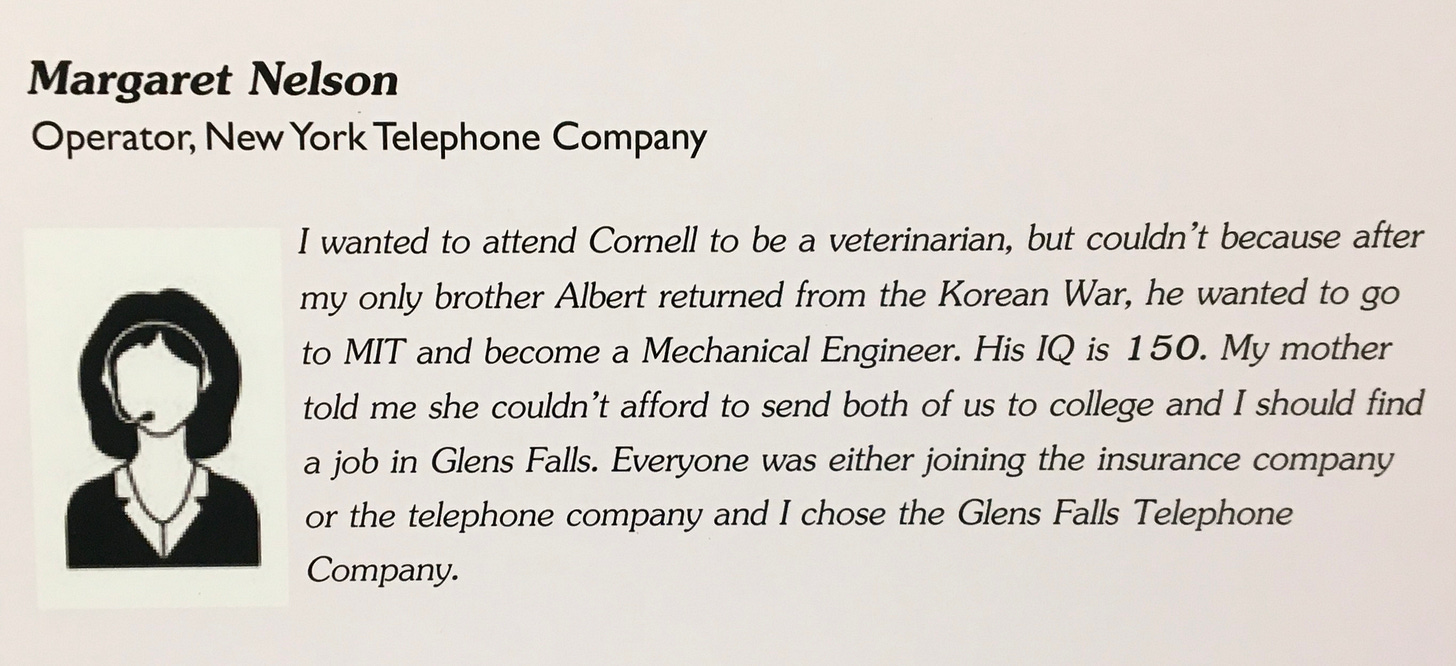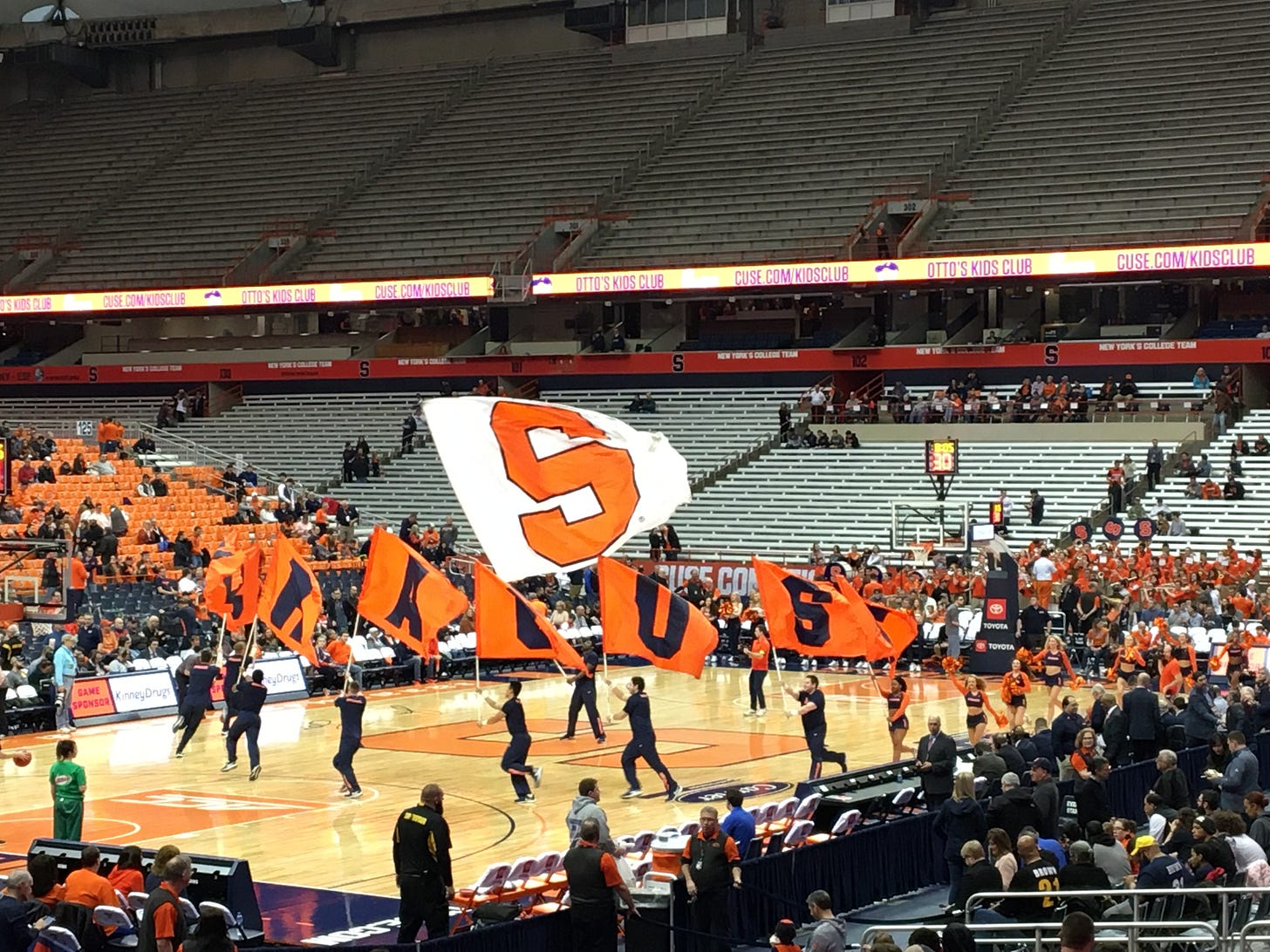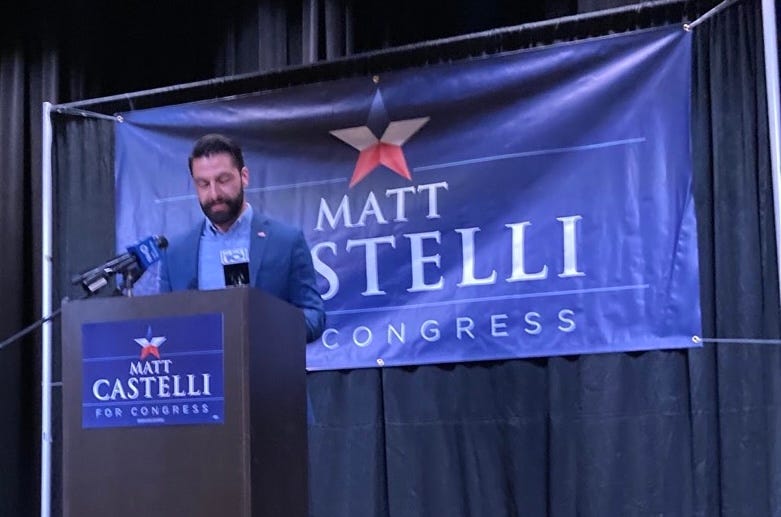By Ken Tingley
One-hundred years ago Glens Falls was booming. The original paper and lumber industries attracted other lucrative businesses and made Glens Falls a major commercial center that attracted new residents with the promise of jobs. It made Glens Falls one the wealthiest communities in the state.
The Chapman Museum’s new exhibit “Groundwork: Labor in a burgeoning community” opened Oct. 15 and will continue through Jan. 15, but this exhibit goes beyond the basic history of the region you probably already knew.
The exhibit adds something more important to the Hometown, USA story. It includes the voices of the workers who built those companies and the context of what it was like for the working class in those formative years. It was more than just hard work.
The exhibit is the first under new Executive Director Nicole Herwig and is worth your attention.
“The history of these early companies is well documented; lesser-known are the stories of those whose labor generated their riches,” is how the exhibit is described on the Chapman Museum website. “Information regarding statistics such as wages, hours, and working conditions are not very well known or documented, however, it is still possible to get a glimpse and understanding about life within the workplace through other means.”
What it chronicles is not just that the work was hard, but that it was dangerous.
We often hear modern-day government regulations and procedures have gone too far. But what this exhibit shows is that the good old days weren’t always so good.
About halfway through the exhibit there is a collage of local newspaper clippings titled “Injuries” that chronicles the injuries and sometimes deaths of working men and women on a regular basis.
“Man crushed to death by 4-ton girder” reads the headline of an accident at the Spier Falls Power plant.
“Workmen hurled into elevator pit” reads another about two local men who sustained serious injuries when the cable on the Imperial Wall Paper Company’s elevator broke with two men inside.
A smaller story recounted how Miss Elsie Dufour mangled her right hand when it was caught in gear while working at hate Marinette Paper Company.
Another story described how Louis Folts died from burns after being shocked with 33,000 volts of electricity at the Spier Falls Power Plant. The newspaper reported, “The manner in which the accident occurred has not been definitely determined.”
You have to wonder if a determination was ever made or if the family was compensated.
The tone of the newspaper coverage gives you the impression these events were part of the normal news of the day, part of the regular working life. Consider these headlines:
“Mill employee loses fingers on left hand”
“Edward DeMers fractures thighs in mill accident”
“Awarded $5,400 for loss of arm in mill accident”
“Man, 55, injured in mill accident”
Those last four all happened at Finch, Pruyn.
Across the wall at one end of the exhibit is a quote that reminds us of what working families endured 100 years ago:
"Employment in mines of children less than 14 years of age and all women and girls should be forbidden”
-Labor Commission Report, The Post-Star, May 26, 1900
It seems ridiculous that had to be said back then.
Later in the exhibit, the workers are given faces and voice. It’s what gives this story its power.
Edith Orsini, a defense worker, wrote this:
“I took a summer job at a defense factory on Lawrence, on Allen Street in Hudson Falls. I was only 15 and I lied about my age. You know they wouldn't care if I was 14, because I didn't have to show any ID. We put chlorine in these big, big barrels and it was on a conveyor. I had to wear a protector like an apron over me because of the chlorine; if it hits the skin, it would burn.”
Betty Potter, a factory worker at Native Textiles, wrote this:
“Even now, the girls that were in our department, I would say a good 50%, got sick with cancer... There was asbestos, formaldehyde, all that stuff. Back then, they didn't think anything of it. You know? It's only as time went on and you realize what this could do to you. You just
want to do your job and make your money to take care of your family. You don't think about the consequences.”
Ann Tougas, a factory worker at Native Textiles, wrote this about her mother’s work there:
“I always thought really the work caused her eye problems. She would get terrible granulated eyelids. Of course, you're running a machine with all these materials. You were going to have that fabric dust from it you know. Men's jobs were different and I always figured they always made a little bit more. She probably made a fair amount because it was piece
work and my mother was a worker.”
Later, the exhibit examines working conditions for women in more modern times.
Karen Angelson, a nurse at Glens Falls Hospital wrote:
“We had to resign when we were 7 months pregnant. It was a - and I'm not sure whether it was a New York State Department of Health rule or Labor rule, or if it was just a hospital rule - but we had to resign.”
It wasn’t much better at Glens Falls Insurance where woman were not allowed to work when they were pregnant. They did have an early evening shift that allowed mothers to work and coordinate child care with their husbands. There was also a strict dress code for women where no slacks were allowed.
Viola Wilson, a phone operator, wrote this:
“When I didn't have much seniority I didn't have much choice. I would go in at 1 and work until 9 at night with an hour for dinner, and I could go home for dinner. My oldest daughter was my babysitter…… I would make dinner before I left for work and when I came home for dinner I would make sure everyone was getting ready for bed, homework done, and then when I came home at 9 I checked homework, did some laundry, cleaned the kitchen - always something to do.”
Margaret Nelson, who worked for New York Telephone, had hoped for a little more for a career:
“I wanted to attend Cornell to be a veterinarian, but couldn't because after my only brother Albert returned from the Korean War, he wanted to go to MIT and become a mechanical engineer. His IQ is 150. My mother told me she couldn't afford to send both of us to college and I should find a job in Glens Falls. Everyone was either joining the insurance company or the telephone company and I chose the Glens Falls Telephone Company.”
Rachelle Tessier, an operator for New York Telephone, did not remember the conditions fondly:
“You always had to get in the chair from the left and out from the right. That was always the rule. You couldn't do it the other way around. The supervisors were walking up and down behind you. You never knew who was behind you really. You weren't supposed to look left or right. You weren't supposed to talk to anybody either. You were supposed to look at the switchboard because you were supposed to answer the calls within a certain amount of time with the lights.”
It was about this time that Glens Falls became known as Hometown, USA.
The rights of workers were not always as they are today. They were won through battles with labor unions and activists. It is a good reminder that we should never taken those hard-won victories for granted.
Of better yet, visit the Chapman and see for yourself.
Senior year
It is hard to believe that Joseph Girard III is already beginning his senior year playing basketball at Syracuse. It seems like yesterday I was watching him play at Glens Falls High three years ago.
The transition has worked out well for Girard. He has been a starter for all four years at Syracuse and will make the transition to the more natural position of shooting guard this year. He has already scored 1,145 points in his Syracuse career.
Syracuse opened with an easy win against Lehigh (90-72) on Monday night with Girard leading the team with 19 points on 5 of 10 shooting (4 of 6 from 3-point range) in just 25 minutes of action.
Syracuse next plays Tuesday against Colgate.
Remembrance
In a previous newsletter I mentioned the untimely passing of former Post-Star reporter Shirin Persavand. I heard from Mike DeMasi, another former Post-Star reporter from the 1990s, that a remembrance for Shirin has been planned at Frog Alley Brewing, 108 State Street in Schenectady for Saturday, Dec. 10 at 7 p.m. It will take place in the semi-private mezzanine called The Landing. There is parking in the back of the building.
After leaving The Post-Star, Shirin worked for a time at the Schenectady Gazette before moving to California.
Castelli appearance
While waiting for my wife after voting in Queensbury on Tuesday morning, I saw Matt Castelli come into the polling place. He chatted with a couple of the poll workers, thanked them and asked how things were going. He didn’t make a big show of things and did not stay long.
I thought I should say something to him, but I wasn’t sure what.
Later, I wondered if I should have thanked him for running a clean campaign without lying. It’s sad that I felt the need to reward someone for doing what you are supposed to do. It was nice to see that Castelli trailed Rep. Elise Stefanik by just 1,500 or so votes in Warren County.
Political signs
Now that the election is over I’m hoping everyone takes their signs down as quickly as possible. I might also add that my vote has never been influenced by a lawn sign. One of these days, I’m going to have some lawn signs made and put them in the middle of a bunch of other signs. The sign will say, “Lawn signs are dumb.”















